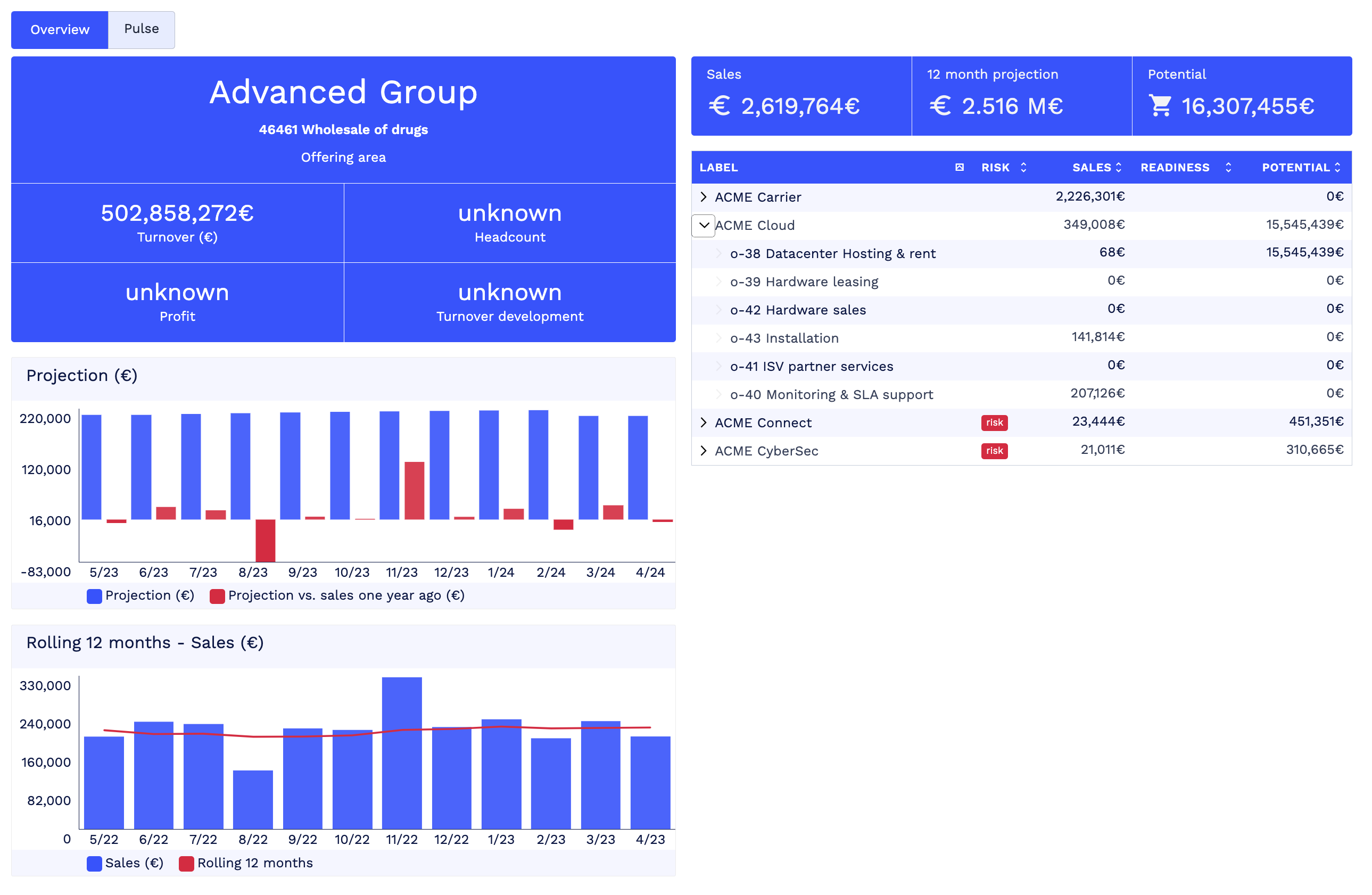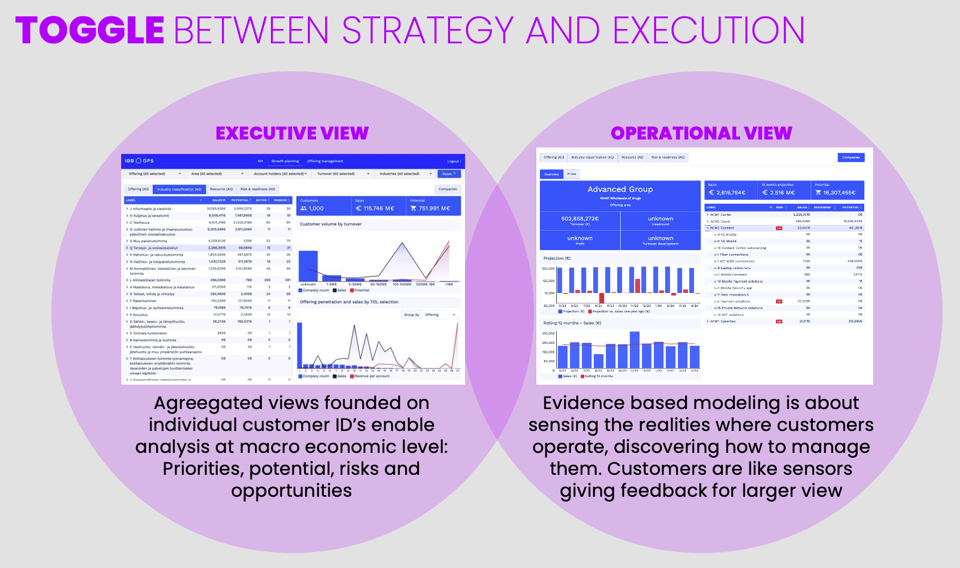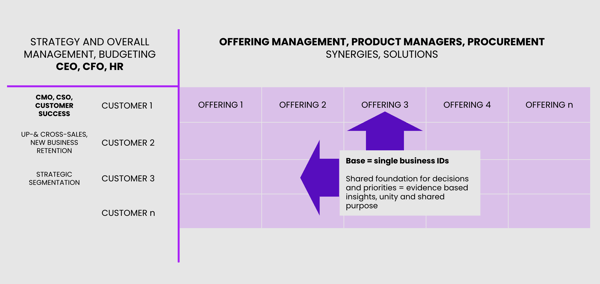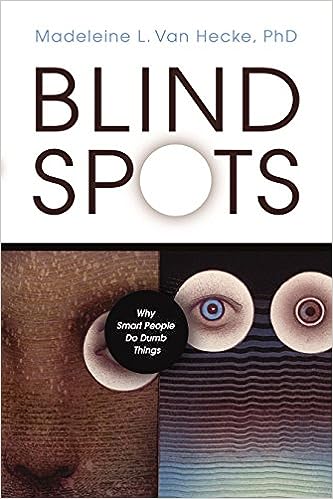CIOs, CDOs, and CSOs are under increasing pressure to operationalize AI, migrate legacy systems,...
About Blind Spots and Why smart people do dumb things
Way back I read this book and it became a permanent reminder of one obvious fact for me. (The book is available in Amazon)
The core idea of this book and statement is, that over the years we learn to be masters of what we do. Trial and error, learning and developing takes us further and helps us make sense of complex issues faster and with more certainty. We learn what works and these learnings become heuristics, mental shortcuts that make us effective. Once this process moves further, the process becomes unconscious.
Way back I was studying psychology and did study how people develop in to masters in any given field. It takes on average 10 000 hours of intensive concentration and learning to reach this point. Chess is an area where this development has been researched and it is a game that has clear rules and solid conditions. Still, it takes that 10 000 hours to become a chess master. When chess masters and newbie players have been researched related to how they see their options in the table, both groups have about the same amount of options. Although the number of options is roughly similar, there is a significant difference: The masters sub-consciously dismiss options that are bad. The only options they see on the table are those that are "good".
Becoming a master in other areas, like in business, is strongly connected to the concept of apperception.
In psychology, apperception is "the process by which new experience is assimilated to and transformed by the residuum of past experience of an individual to form a new whole".[2] In short, it is to perceive new experience in relation to past experience. The term is found in the early psychologies of Herbert Spencer, Hermann Lotze, and Wilhelm Wundt. It originally means passing the threshold into consciousness, i.e., to perceive. But the percept is changed when reaching consciousness due to its entry into an already present interpretive context; thus it is not perceived but apperceived. Source: Wikipedia
BLIND SPOTS AND HOW TO SHED LIGHT INTO THEM
We are living in an unprecedented time of uncertainty and market conditions are changing faster than ever. This is the reason why blind spots occur. What has previously been smart doesn't apply anymore. What used to work doesn't work anymore. The complexity of operating environments and the multitude of forces influencing them is at an all time high.
Over the past decade there has been a growing body of research and development of methods for managing this. Lean startup by Eric Ries became a mega success. Lean processes and management and supporting tools like OKR (Objectives and Key Results) have become standard practices in many business. Richard P. Rumelt emphasised the discovery and management of "addressable and solvable challenges" in his book "The Crux - How leaders become strategists". The most recent mega-hit is "Mastering Uncertainty" by Matt Watkinson (Author), Csaba Konkoly (Author). An older but incredibly meaningful book about this subject is "The Black Swan - The impact of highly impropable" by Nassim Nicholas Taleb.
These books are famous and well known approaches to the challenge of Blind Spots. Our interpretation to their message is that the actual bottom-up and outside-in reality dictates how we need to adapt and play our cards in changing environment. Our capacity to make diagnosis of the situation and decide on actions is the key imperative leading to victory or failure. We win or lose because of our perception and interpretation of the situation. Now, this is why we need tools to get rid of blind spots.
ROOT CAUSE for BLINDSPOTS IN MANAGEMENT and the cure
If you think about any management tool or dashboard management is currently using, they all concentrate on some internal object: Company's financials, business unit, offering, channel, sales team, sales person,.. The bulk of datasources available for management is concentrating on reporting inside-out. The challenge of this approach is, that we can see change and outcomes, but the data doesn't explain why those changes occur.
The transformative fundamental idea at 180ops is to concentrate on individual customers. The object of our analysis is a single individual business ID. Each customer in the market is subject to conditions they operate in and a customer is like a sensor producing data about how those conditions influence the customer relationship and financial outcomes. This approach concentrates on understanding correlation and causality - Explaining and predicting change, revealing what to pay attention and how to influence the change. The foundation for management is to understand what to change in order to deliver expected outcome. This is the reason why 180ops exist.
We are concentrating on three types of data about the conditions relating to customer relationship:
- Data about the current customer relationship: offering use and revenue, pipeline, agreements, customer success and marketing data
- Data about the company's situation: turnover, employees, locations, standard industry classification, and change relating to technology use, growth or decline, hiring or laying off, etc.
- Data about the Macro Economic environment where the customers operate in: interest rates, GDP, Business Confidence Index, Consumer Confidence Index, market volatility, Economic Policy Uncertainty, energy prices..
The data recipe is adjusted by individual customer vertical and needs, because there can be very specific indicators that determine how company's market operate. However, the outcome of the analysis is a very informative view to customer's situation:

In the customer interfaces sales and customer success people gain very valuable view to customer's situation and can effectively plan how to act and what to concentrate on with specific customers. For marketing, these views give very valuable insights for ABM planning.
From the management point of view, individual customers are important, but they need a macro economic view to the markets, priorities, potential, opportunities and risks. For that purpose, 180ops user interface gives optimized analysis and reporting capabilities and create a bridge between strategic decision making and operational execution

FROM C-LEVEL TO OPERATIONS
It is not enough that you make right choices at the C-level, because in this messy world of reality those top-level decision don't apply to all target groups and offerings. Yes, we need direction and priorities, but we also need tools to adapt them at operational level. This is why it is important to draw strategic decisions bottom-up, based on evidence and reality and to build a bridge between strategy and operations.
By creating this bridge, we effectively create a shared perspective and unity founded on on-going intelligence. When customers represent the foundation for insights and market monitoring, that foundation can be represented to different stakeholders:

It is naturally clear, that Offering management has different needs than Revenue Operations, Sales, Marketing and Customer Success. However, meeting those needs is about defining answers to their questions. The same applies to C-level generalists like CEO, CFO or HR.
The foundation for understanding is the same, but the needs for answers are different.
Bottom line: Bottom-up and Outside-in approach and perspective is very effective tool for the removal of blindspots.
Take a look at the following tools and contents that help you get rid of your blind spots:
VALUE + POTENTIAL BASED SEGMENTING



.png?height=200&name=CUSTOMER%20SEGMENTATION%20SOFTWARE_%20FEATURES%20AND%20COMPARISONS%20(5).png)
.png?height=200&name=Performance%20Marketing%20KPIs_%20A%20Guide%20to%20Better%20Metrics%20(3).png)
